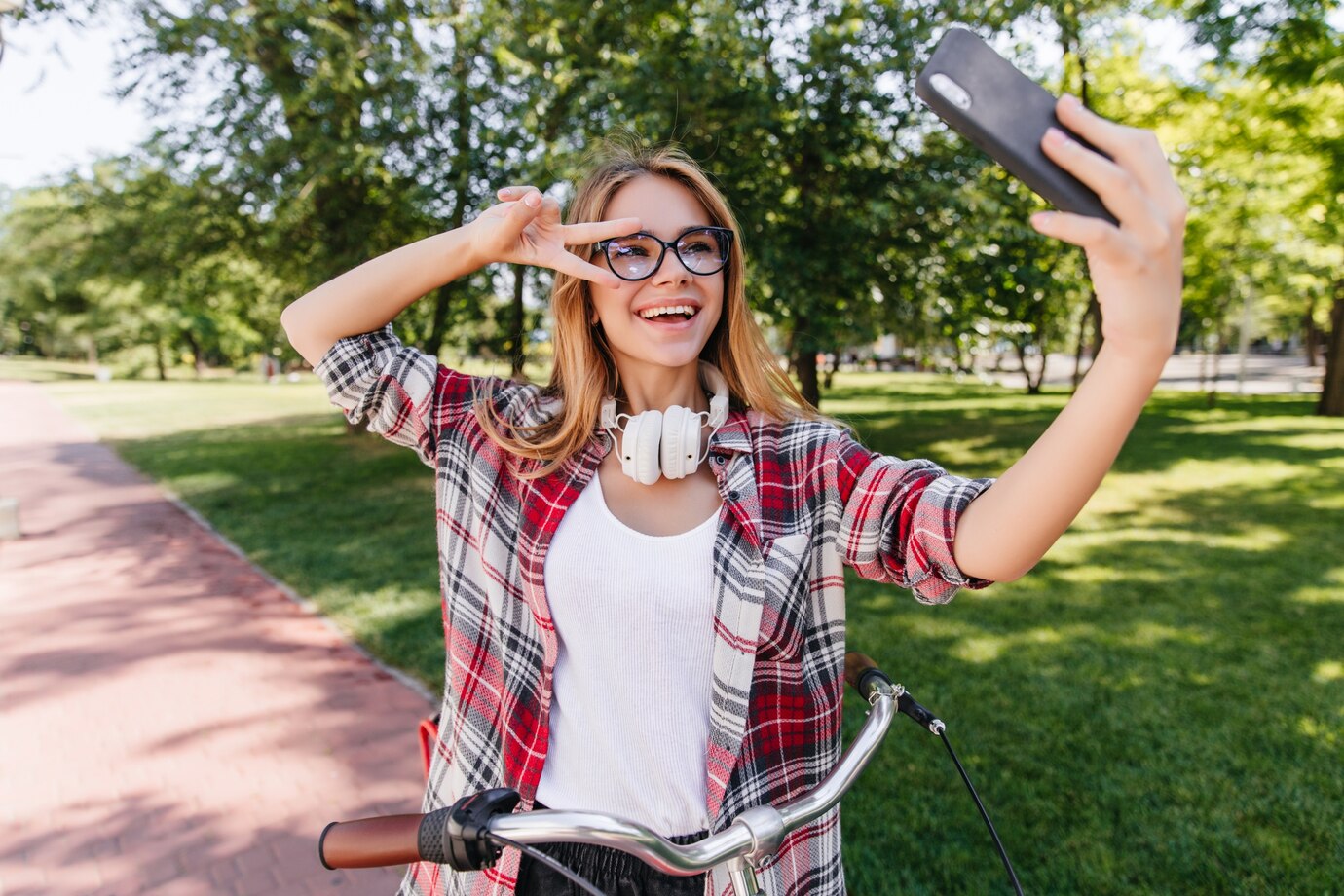Navigating the visa application process can feel like deciphering a hidden language – forms in triplicate, cryptic codes, and, of course, the dreaded photo requirement. Fear not, globetrotters! Ditch the overpriced photo booths and grainy passport studio portraits. With your trusty smartphone and a few simple tips, you can capture high-quality visa photos that meet even the most stringent government regulations. Prepare to impress immigration officials with a picture that not only adheres to the technical specifications but also radiates your travel-ready confidence.
Understanding the Requirements for a Visa Photo
Visa photo requirements vary across countries, and understanding these specifications is crucial to ensure a smooth visa application process. Here are some key aspects to consider:
- Size and Format: Different countries may have specific size and format requirements for visa photos. Some might require a standard passport-sized photo, while others may have variations. Understanding the correct dimensions ensures that your photo will be accepted without any issues.
- Background Color and Quality: Typically, visa photos should have a plain, light-colored background. White or off-white backgrounds are commonly accepted. It’s important to ensure that the background is uniform and free from shadows or patterns, as these can lead to rejection of the photo.
- Facial Expression and Positioning: Most visa applications require a neutral facial expression with both eyes open. Additionally, the position of the face, head, and shoulders must adhere to specific guidelines. Understanding these aspects ensures that your photo is compliant with the country’s regulations.
- Head Coverings and Accessories: Some countries may have restrictions on head coverings or accessories in visa photos. It’s essential to be aware of these guidelines and, if necessary, temporarily remove items such as hats, scarves, or glasses for the photo.
- Recentness and Authenticity: Visa photos are generally required to be recent, typically taken within the last six months. Ensuring the photo accurately represents your current appearance is crucial. Avoiding excessive makeup or digital alterations is important to maintain the authenticity of the image.
- Specific Country Requirements: Researching the specific requirements of the country you are applying to is vital. Some countries may have unique regulations, such as background color preferences, head positioning, or even specific clothing requirements. Familiarizing yourself with these details helps prevent delays or rejections in the visa application process.
Understanding and adhering to these requirements lay the foundation for successfully capturing a visa-compliant photo. As technology advances, smartphone users can leverage the capabilities of their devices to meet these specifications while capturing high-quality images at home, eliminating the need for professional photography services.
Preparing Yourself and Your Smartphone
Ensuring both personal and technological readiness is essential for producing quality visa photos. This section provides detailed insights into the preparatory steps:
- Personal Grooming and Attire: Before taking your visa photo, pay attention to personal grooming. Maintain a neat and tidy appearance, comb your hair, and avoid excessive makeup. Wear clothing that contrasts with the background and adheres to any specific guidelines provided by the country’s visa application requirements.
- Smartphone Settings Optimization: Modern smartphones come equipped with advanced camera settings that can significantly enhance the quality of your photos. Adjust the camera resolution to its highest setting, ensure the autofocus feature is enabled, and consider using the rear-facing camera for better image quality. Disable any unnecessary filters or beauty modes that might alter your appearance.
- Storage and Battery Check: Adequate storage space is crucial for capturing high-resolution photos. Check your smartphone’s storage capacity before starting the photo session and transfer or delete any unnecessary files. Additionally, ensure that your smartphone is fully charged or connected to a power source to avoid interruptions during the photo-taking process.
- Camera App Familiarization: Become familiar with the camera app on your smartphone. Understand how to set timers, adjust exposure, and use any additional features that might assist in capturing a well-exposed and sharp image. Practice taking test shots to ensure you are comfortable with the camera settings.
Creating a Do-It-Yourself Photo Studio
Establishing a DIY photo studio at home is crucial for achieving consistent and professional-looking visa photos. This process involves careful consideration of the environment, lighting, and positioning to meet the specific requirements set by visa authorities.
Begin by selecting an area in your home with ample natural light. Ideally, position yourself facing a large window to benefit from soft, diffused lighting. Natural light helps minimize harsh shadows and ensures a well-lit subject, contributing to a clear and detailed photograph.
Choose a plain, light-colored background to adhere to visa photo guidelines. A neutral backdrop, such as a white or off-white wall, reduces distractions and ensures that the focus remains on the subject. Remove any objects or patterns that may interfere with the simplicity of the background.
Consider the positioning of your smartphone. Use a tripod or stable surface to avoid shaky images. The smartphone should be at eye level to capture a flattering and accurate representation of your face. Ensure that the camera lens is clean and free from smudges to prevent any distortion or blurriness in the photos.
Experiment with different angles and distances to find the most flattering and compliant composition. Take test shots to assess the lighting and make any necessary adjustments. Pay attention to facial expressions, maintaining a neutral and natural demeanor as required for visa photos.
Creating a DIY photo studio allows for control over the shooting environment, ensuring that the resulting images meet the stringent standards set for visa applications. By leveraging natural light, a suitable background, and thoughtful positioning of the smartphone, individuals can capture visa photos that are not only compliant but also of high quality.
Posing and Taking Photos
Once your DIY photo studio is set up, the next crucial step is to focus on posing and capturing the actual visa photos. Attention to detail during this phase ensures that the photos not only meet the technical specifications but also present a professional and authentic representation.
Begin by adopting a neutral facial expression. Avoid smiling or frowning, aiming for a straightforward and natural look. Keep both eyes open, and ensure that your face is evenly lit to highlight your features without harsh shadows. Adjust the lighting as needed, considering the time of day and the natural light available in your chosen setup.
Position yourself according to the guidelines provided for the specific visa application. Typically, the head should be centered and facing the camera directly. Maintain a relaxed posture, and ensure that your shoulders are squared. Avoid tilting your head, as this may lead to the rejection of the photo.
Utilize the smartphone’s camera features, such as timers, to give yourself time to compose the shot without rushing. Ensure that the smartphone is stable and that there is no motion blur in the photos. Experiment with different distances from the camera to find the most flattering composition while adhering to size requirements.
Take multiple shots to increase the likelihood of capturing the perfect image. Review the photos on your smartphone to check for any issues, such as blurriness or uneven lighting. It may be helpful to have a friend assist you by providing feedback on the posing and overall composition.
Remember to stay within the frame of the camera and avoid unnecessary cropping. Maintaining the correct dimensions is crucial for visa photo acceptance. By paying careful attention to these details, individuals can confidently capture visa photos that meet both technical specifications and aesthetic standards.

